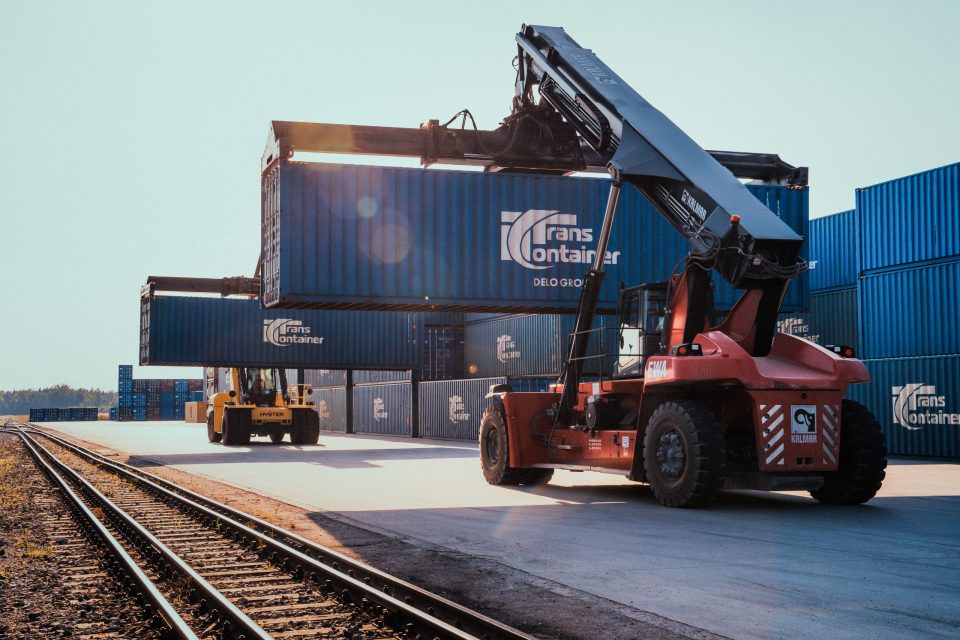One of the main points raised at the RailFreight Summit ‘24 is that going back to pre-war rail freight volumes between China and Europe across Russia might not be in the general interests of the industry. DB Cargo Eurasia managing director Tabea Klang highlighted that going back to those levels might hinder the current quality of the services.
Rail freight transit through Russia to the EU is once again on the rise after a declining period caused by the war in Ukraine. The new increase is also due to the Houthi attacks on ships in the Red Sea, which makes alternative transport modes and routes all the more important. However, “we are not yet at pre-war levels”, Dmitrij Hasenkampf from RTSB noted. Perhaps not everyone in the room agreed with Klang’s statements, but she is not the first one to underline that rail should not bite off more than it can chew when it comes to Eurasian volumes.
Dmitrij Hasenkampf at the RailFreight Summit ’24. Image: © ProMedia/Rajphoto
Rail alone cannot carry the torch
Before the panel with Klang and Hasenkampf, transport economist at the University of Milan Bicocca Andrea Giuricin set the stage by analysing the impact of the Red Sea Crisis and the role of rail freight. One of his main conclusions was that, indeed, freight trains picked up a fraction of the cargo that would usually travel via sea across the Suez Canal. However, it would be unrealistic to expect the rail sector to carry most of the burden as it is not able to move such massive volumes.
Despite growing quite fast over the past few years, rail freight volumes still only account for less than 10 per cent of the total Eurasian transport market. Even in the current situation, many shippers prefer to stick to the sea and circumnavigate Africa rather than putting their cargo on freight trains. On the other hand, Giuricin remained positive on the potential of rail freight for Eurasian trade flows for the future.
Andrea Giuricin at the RailFreight Summit ’24. Image: © ProMedia/RajPhoto

